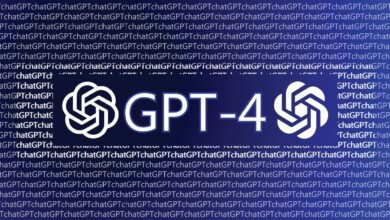Limitations of ChatGPT and AI chatbots in general

Artificial Intelligence (AI) chatbots are becoming increasingly popular in today’s world. They are being used to handle a wide range of tasks, from customer service inquiries to personal assistants. ChatGPT is a large language model developed by OpenAI that uses deep learning to generate responses to user inputs. While AI chatbots like ChatGPT have come a long way, there are still limitations to their capabilities that need to be addressed.
-
Lack of empathy and human touch
One of the biggest limitations of AI chatbots is their inability to understand emotions and human touch. ChatGPT, for example, can generate text responses based on the input it receives, but it cannot understand the emotional state of the person it is interacting with. This can lead to misunderstandings and frustration on the part of the user, as they may feel like the chatbot is not able to empathize with their situation.
-
Limited knowledge and understanding
While ChatGPT has access to a vast amount of information, it is still limited by its programming and the data it has been trained on. There may be certain topics or concepts that the chatbot is not familiar with, which can lead to inaccurate or incomplete responses. This limitation can be particularly problematic in industries where accurate information is critical, such as healthcare or legal services.
-
Inability to handle complex tasks
AI chatbots like ChatGPT are best suited for handling simple and routine tasks. They can answer basic questions, provide information, and perform simple actions like setting reminders or making appointments. However, they are not well-suited for more complex tasks that require problem-solving, creativity, or critical thinking. For example, if a user has a complex issue that requires multiple steps to resolve, the chatbot may not be able to handle it effectively.
-
Dependence on data and training
AI chatbots rely heavily on the data they are trained on to generate responses. This means that if the data is biased or incomplete, the chatbot’s responses may be as well. Additionally, if the chatbot is not regularly updated with new data or retrained, it may become less effective over time. This limitation highlights the importance of ongoing maintenance and updates to ensure that the chatbot remains accurate and relevant.
-
Lack of personality and authenticity
While AI chatbots like ChatGPT can generate responses quickly and efficiently, they often lack personality and authenticity. This can make it difficult for users to connect with them on a personal level, which can impact their overall experience. Additionally, some users may prefer to interact with a human representative rather than a chatbot, as they may feel that a human is better able to understand their needs and provide personalized assistance.
In conclusion, while AI chatbots like ChatGPT have come a long way, there are still limitations to their capabilities that need to be addressed. These limitations include their lack of empathy and human touch, limited knowledge and understanding, inability to handle complex tasks, dependence on data and training, and lack of personality and authenticity. As AI technology continues to evolve, it will be important to address these limitations in order to create chatbots that are more effective and user-friendly.






